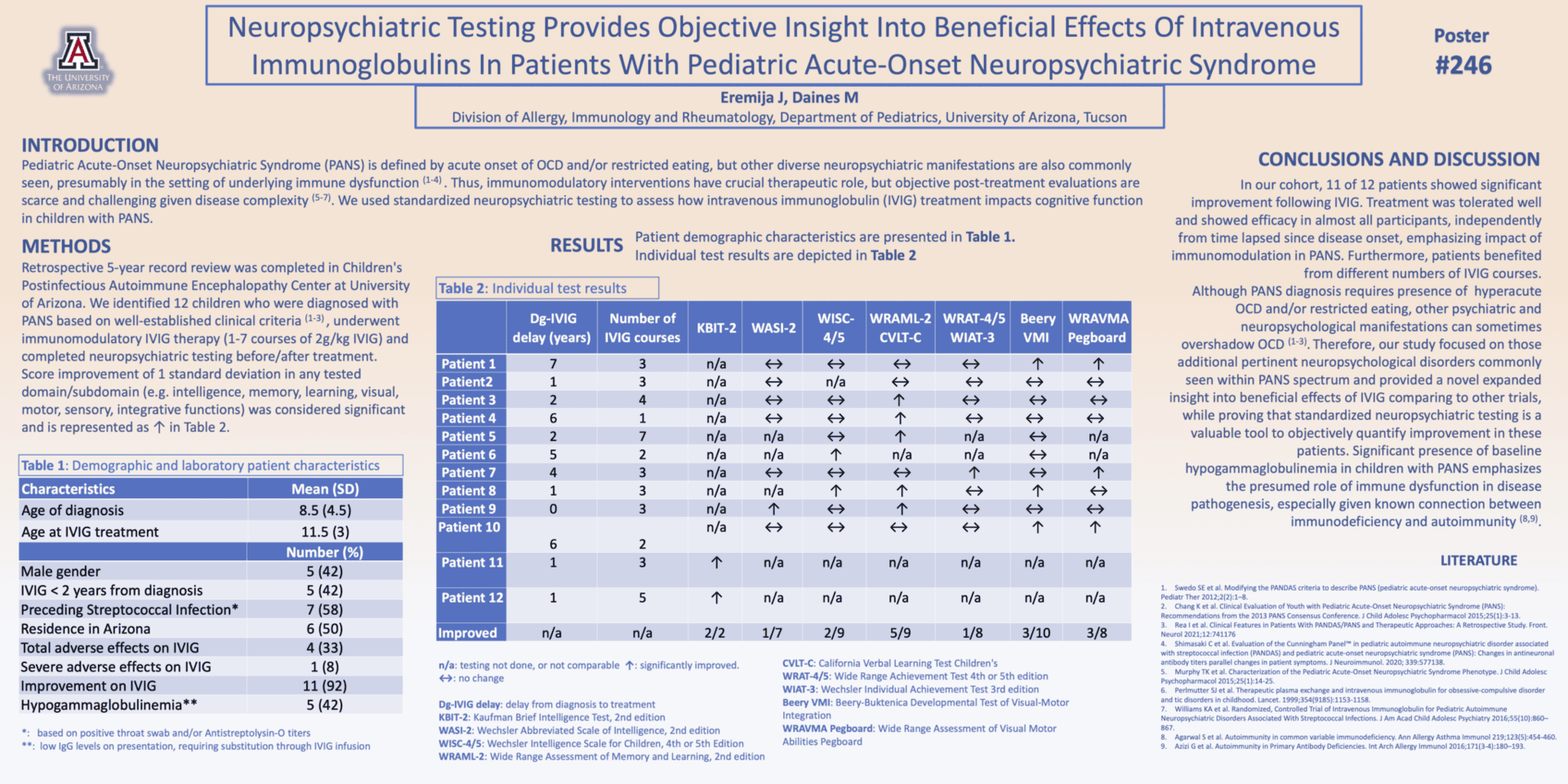Deep clinical phenotyping of patients with obsessive-compulsive disorder: an approach towards detection of organic causes and first results
Runge, K., Reisert, M., Feige, B. et al. Deep clinical phenotyping of patients with obsessive-compulsive disorder: an approach towards detection of organic causes and first results. Transl Psychiatry 13, 83 (2023). https://doi.org/10.1038/s41398-023-02368-8
A relevant number of organic OCD forms (in 16%) were identified, which in 5% of all patients lead to successful treatment with immunotherapies. The frequent presence of autoantibodies such as anti-TPO or ANA further support the possible influences of autoimmune processes in OCD [16]. Further findings may well have modulatory effects on the course of the disease (e.g., substitution of folic acid deficiency). In addition, these findings might have a positive influence on the disease concept and self-image of affected patients and their relatives. The establishment of diagnostic regimens such as FDP-OCD should be evaluated in larger prospective and controlled studies. This could allow for a specific treatment of a small subgroup of patients with identified organic OCD reducing treatment resistance.


